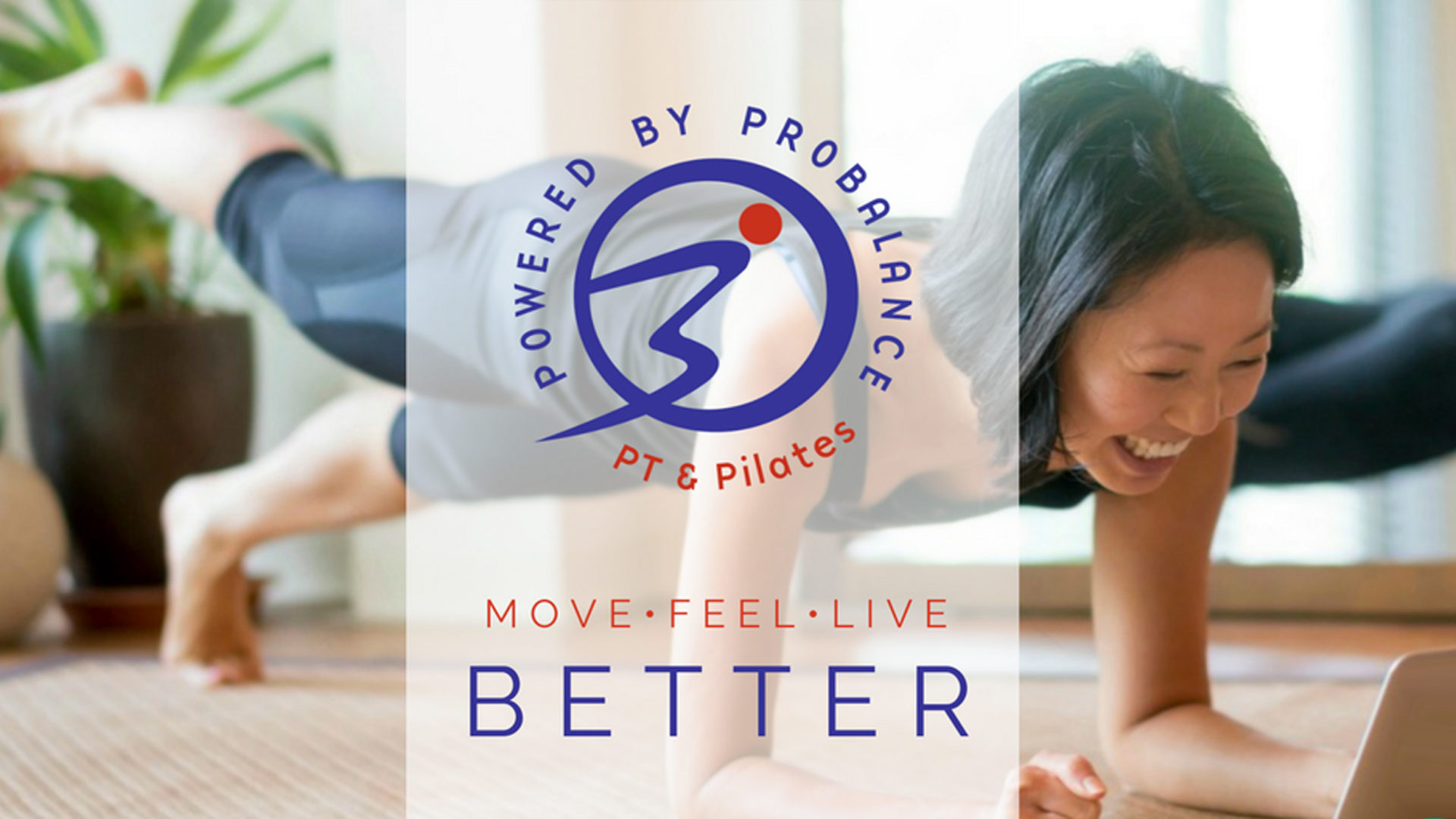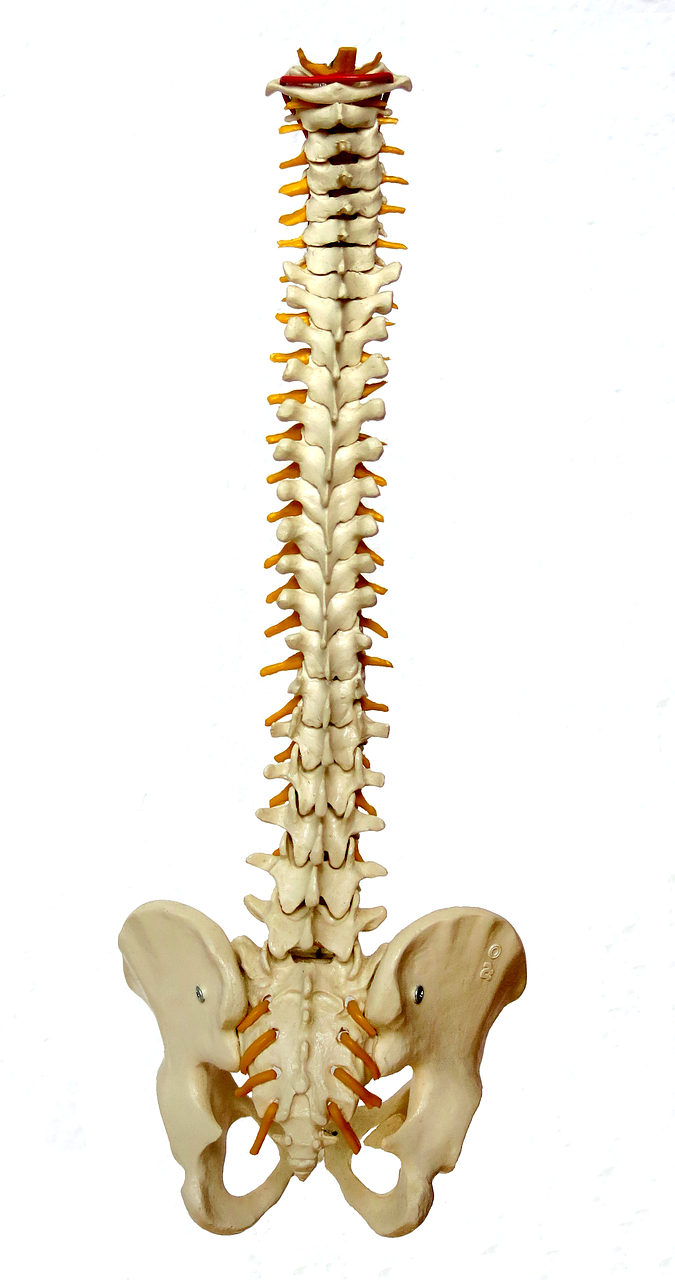Did you realize that 90% of our bone building occurs before age 20 and the remainder occurs before we turn age 30.
However, most people don’t start thinking about it until it’s too late.
1:2 women and 1:4 men over the age of 50 will experience a fracture related to osteoporosis (low bone density) in their lifetime?
Just to put that into perspective…according to the National Osteoporosis Foundation, for women, the incidence of an osteoporotic fracture is greater than that of heart attack, stroke, and breast cancer combined.
What’s worse, once you get one spinal fracture, the incidence of at least an additional fracture goes up 500%!
To add a bit more salt to the wound, 25% of those who fracture a hip, die within a year, according to AmericanBoneHealth.org.
Despite these startling statistics, osteoporosis isn’t one of those diseases that gets much media coverage…we don’t wear ribbons for it, see many fundraising opportunities for it, but because it currently affects 54 million Americans, we should be paying attention.
As a physical therapist and Pilates teacher, I have realized that there is a lack of important information that needs to be spread regarding low bone density…like what exercises you should and SHOULD NOT do.
This video has some valuable information about basic movements you should avoid and why.
So, if you’re over age 50, or know someone who is, definitely urge them to get a bone density screening…especially if they have a major risk factor.
Major risk factors include:
* sex (female)
* age (over 50)
* race (white or Asian),
* weight below 127lbs
* family history
* chronic diseases (thyroid problems, digestive disorders)
* long-term use of certain medications/treatments (corticosteroids, cancer treatments, gastric reflux, etc)
* Tobacco use
* Excessive alcohol
* Poor diet
* Sedentary lifestyle
Take home message:
* If you’re over age 50 (male or female), make sure to get tested for low bone density.
* Stay active as much as possible, especially doing weightbearing exercises such as walking & jogging. Note that swimming is non-weight-bearing and actually is working against you in that you are not getting the stimulation of gravity and your body making contact with the ground.
* AVOID: flexion (leaning forward) of the spine…ESPECIALLY if it’s combined with rotation.
* Focus on extension based exercises (those where the muscles of the back are being worked and where the posture is directed to lean back or stay upright).
* Work on improving leg strength and balance to prevent falls.
* Make sure that if you are participating in a yoga or Pilates class, you make sure that your teacher is aware of the precautions for those with low bone density so the exercises can be modified. Here’s a link to a video discussing precautions for a Pilates Reformer Class.
* Diet is important so discuss with your physician or dietician about how you can optimize your diet to ensure you have adequate calcium, vitamin D, and nutrient absorption.
Want more information? Make sure to sign up for the Free ProBalanceTV Portal. There’s a section on medical history/conditions so you can get more information.
If you have any other questions, feel free to comment below.



One thought on “Why everyone with a backbone (or who knows someone who does) needs to see this post…”
Very useful information. Especially appreciate knowing what to do to help myself. Thanks!